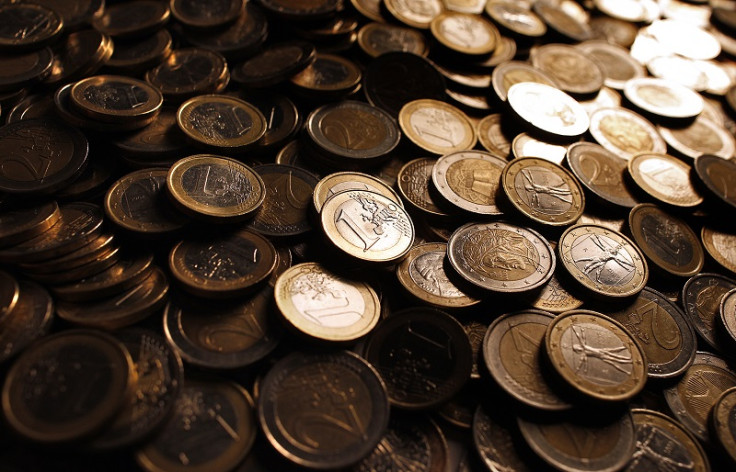Sticky Eurozone Inflation Holds Amid ECB Rates Cut

Eurozone inflation looks to have held steady at 0.5% in June, its lowest in four years and a figure that will do little to dampen worries that the single currency area will slide into deflation.
That is according to a flash inflation estimate from Eurostat, the eurozone's official statistics agency. A final, confirmed inflation figure will come in July.
It follows yet more radical monetary policy from the European Central Bank (ECB) to lift inflation and support the emerging economic recovery.
The eurozone looks to be at the beginning of a tentative recovery after several years of recession and stagnation, the result of its painful sovereign debt crisis which flared in 2010.
The economy of the 18-member state currency bloc grew by 0.2% in the first quarter of 2014, after a 0.3% expansion in the quarter before.
But one of the biggest risks to the recovery is deflation. Economic growth relies in part on an increase in the supply of money in the real economy of consumers and businesses.
Two major drivers of monetary inflation are bank lending and government spending. But government spending has been reined in by strict austerity programmes, as states seek to erase the deficits in their finances and restructure fiscally.
And bank lending is falling. Institutions must now hold more protective capital against their lending as a buffer to any future crisis and to avoid another situation where banks must be bailed out by taxpayers.
To do this, many banks are reducing their lending rather than increasing their capital. In turn, eurozone businesses are struggling to get hold of the credit they need to invest in growing output and creating jobs.
Because of this, many are questioning the sustainability of the eurozone's recovery unless banks start increasing their lending to businesses.
If the eurozone falls into deflation, it will squeeze company finances. Lower prices mean lower revenues, which in turn could lead to falling output and job losses.
To quell the threat of deflation, the ECB has loosened its monetary policy and boosted its stimulus for bank lending.
It cut its benchmark interest rate to 0.15% from 11 June, a new record low. Before, it had been 0.25%.
This rate informs other interest rates in the eurozone economy. By cutting it further, the ECB hopes to bring down interest rates even more on bank loans.
The ECB has also cut its deposit rate to a negative figure – minus 0.1%. The central bank has a "deposit facility", which means banks can hold some of their excess cash at the central bank. Sort of like a current account, the ECB pays interest on those deposits.
Now that the deposit rate is negative, it will steadily chip away at the cash banks leave with it. This is to encourage banks to lend their cash out rather than hold it with the ECB.
It also slashed its marginal lending facility – where it offers cheap overnight credit to banks in need to some quick funds – to 0.4% from its previous 0.75%.
And it has increased its support for bank lending, through its long-term refinancing operations (LTROs), to €400bn (£323bn, $542bn) in value.
Through LTROs, the ECB offers banks cheap loans and allows them to use illiquid assets as collateral. This lets them to get hold of funding they could not otherwise access in the markets, something the ECB hopes will lead to increased business lending.
© Copyright IBTimes 2025. All rights reserved.






















